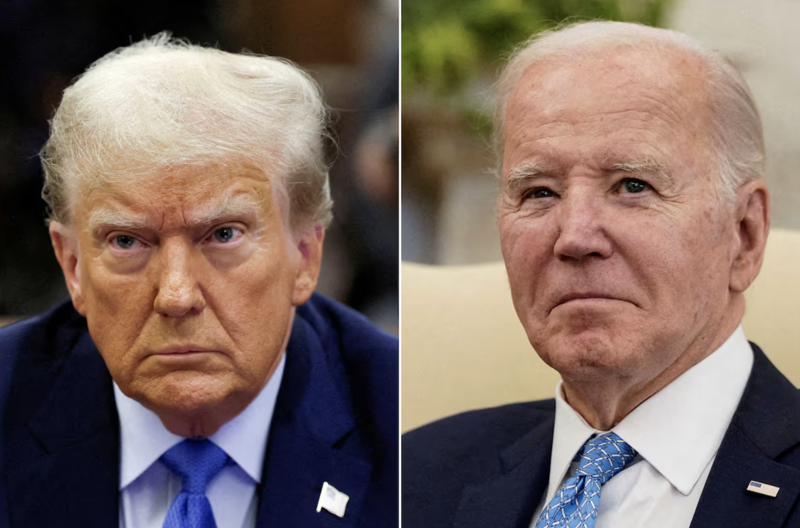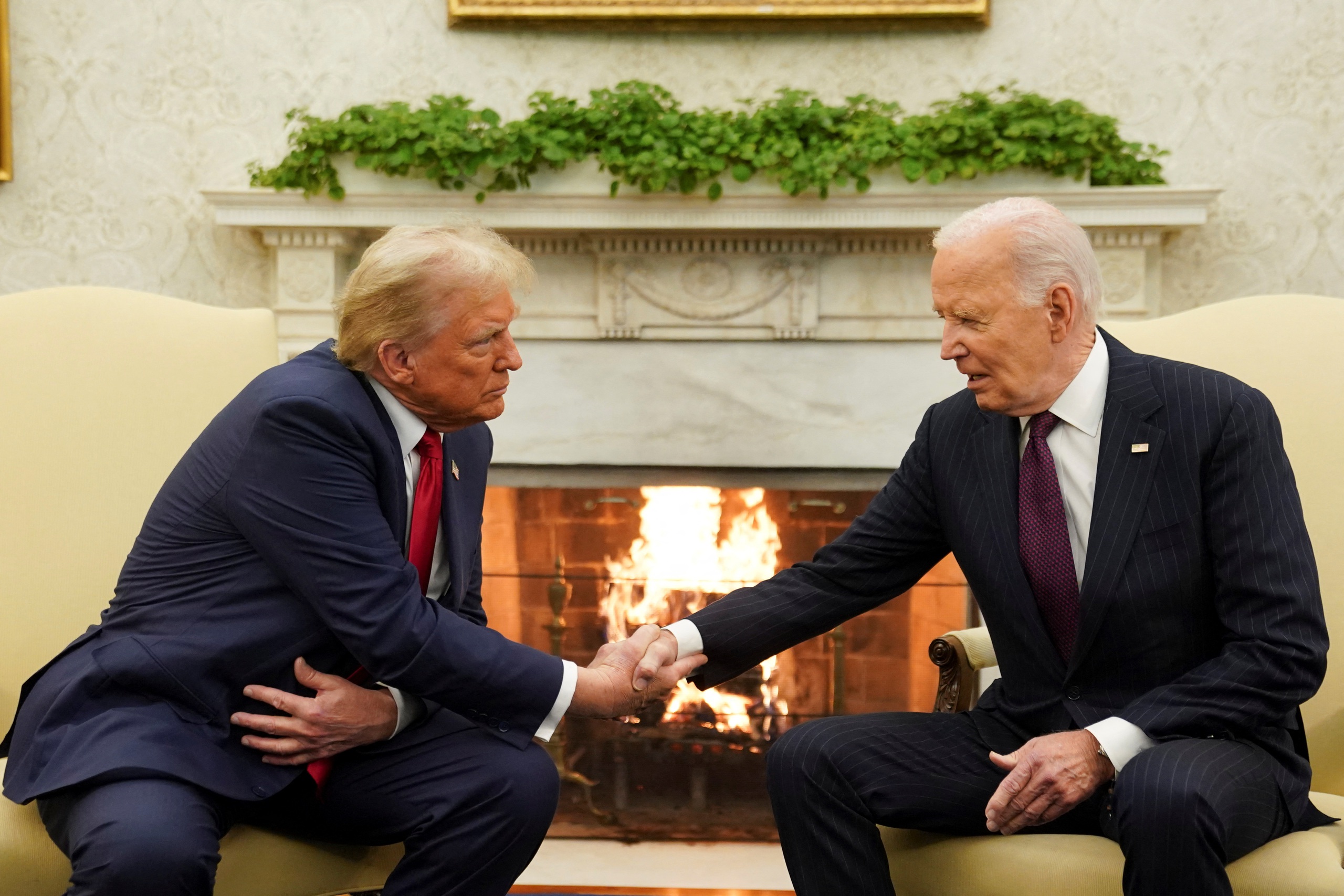
President Donald Trump continued his aggressive rollback of Biden-era policies on Friday, signing an executive order that rescinded 18 of his predecessor’s directives. The move, part of a broader strategy to reshape the federal government, marked another significant shift in policy direction within the first two months of Trump’s return to office.
With Friday’s actions, Trump has now reversed nearly 100 executive orders issued by former President Joe Biden. The White House described the move as an effort to “reverse damaging policies and restore effective government.”
The sweeping reversals have targeted regulations on gender policies, labor protections, environmental initiatives, and industrial regulations.
Among the rescinded orders was Biden’s directive that sought to incorporate gender inclusivity into U.S. diplomacy and foreign aid programs. Trump’s reversal of this policy aligns with his broader efforts to curb what he refers to as “radical gender ideology.”
Since returning to office, Trump has signed an executive order recognizing only two biological sexes, rolling back several protections and rights for transgender individuals implemented under the previous administration.
The rescinded order had been part of Biden’s broader push for LGBTQ+ rights and inclusivity in federal policies. Critics argue that Trump’s reversal will limit protections for marginalized communities, while supporters see it as a return to traditional values.
Another major policy shift was Trump’s decision to revoke a Biden administration directive that allowed the Department of Energy to use the Defense Production Act (DPA) to accelerate the domestic manufacturing of clean energy technologies. Biden had authorized the DPA to support industries producing electric heat pumps and solar panels, aiming to transition the U.S. away from fossil fuels and toward renewable energy sources.
Trump’s executive order effectively ends these mandates, which he has criticized as government overreach that favors certain industries over others. The White House justified the move by stating that Biden’s policies were based on an “ideological climate agenda” rather than sound economic strategy.
This decision is likely to be met with strong opposition from environmental groups and clean energy advocates who argue that it slows progress toward combating climate change.
Trump also reversed a series of labor-related executive orders, including one Biden signed in 2024 to strengthen worker protections. Biden’s directive had instructed federal agencies to prioritize policies that promoted higher wages, unionization, and workplace safety.
Perhaps the most controversial labor rollback was Trump’s decision to eliminate Biden’s 2021 executive order that raised the minimum wage for federal contractors to $15 an hour. The reversal means that the wage floor for federal contract workers will return to its previous levels, sparking backlash from labor unions and worker advocacy groups.
Trump’s administration has framed the move as a way to reduce burdens on businesses and promote economic flexibility.
Additionally, Trump ended a Biden-era initiative to boost investment in the U.S. biotechnology industry. The 2022 order sought to use government funds to expand domestic manufacturing of materials for clean energy production.
In announcing its reversal, Trump’s team criticized the initiative as “radical biotech and biomanufacturing spending disguised as environmental policy.” The biotechnology industry, which had benefited from Biden’s investment strategy, now faces uncertainty under the new administration.
In January, Trump had already rescinded several Biden-era executive orders. One of the key reversals involved an ethics rule that prohibited former government appointees from receiving gifts from lobbyists or engaging in lobbying-related activities for a year after leaving office.
Biden’s rule was designed to prevent conflicts of interest and “shadow lobbying,” but Trump scrapped it upon returning to the White House.
Another reversal came in the health care sector. On his first day back in office, Trump rescinded a Biden administration directive that instructed the Department of Health and Human Services (HHS) to explore new health care payment models aimed at lowering drug prices and increasing access to innovative therapies for Medicare and Medicaid recipients.
The rollback signals a return to a more market-driven approach to health care policy, a hallmark of Trump’s previous term.
Trump’s latest executive order cements his strategy of systematically undoing key aspects of Biden’s legislative and regulatory framework. His administration has framed these reversals as necessary to remove unnecessary government intervention and promote free-market principles.
However, critics argue that these moves prioritize corporate interests over workers’ rights, environmental protections, and public health.

The sweeping policy shifts highlight the stark contrast between the Biden and Trump administrations. As Trump continues his efforts to reshape the federal government, the long-term implications of these reversals remain to be seen.
Supporters praise the moves as a return to conservative governance, while opponents warn that they could undermine progress on social and economic issues.


-1747818904-q80.webp)
-1747991356-q80.webp)
-1742455181-q80.webp)
